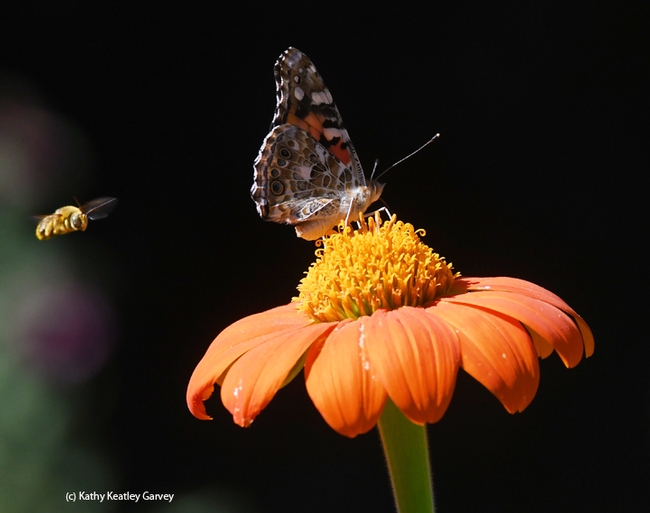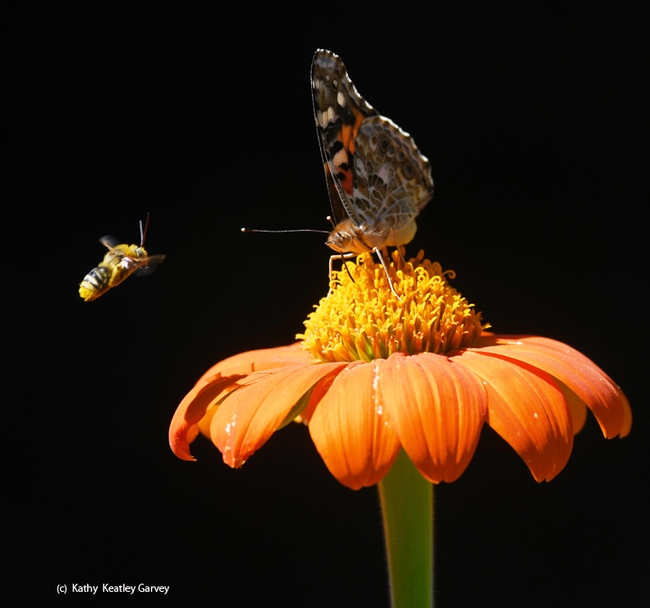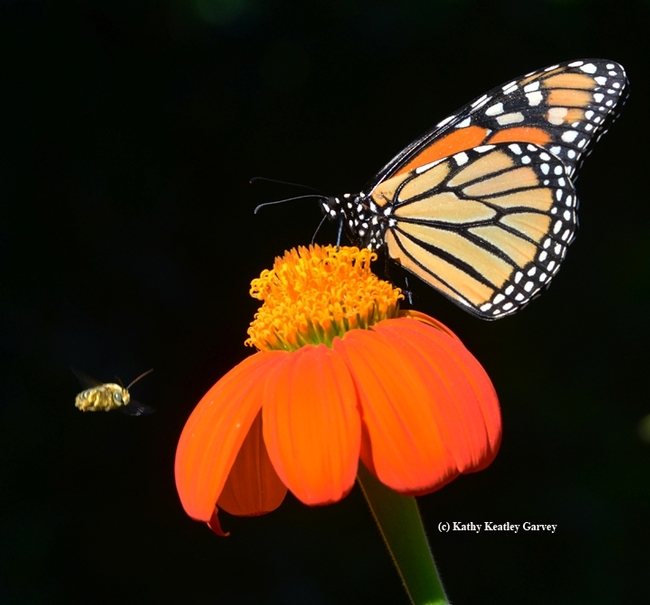- Author: Kathy Keatley Garvey
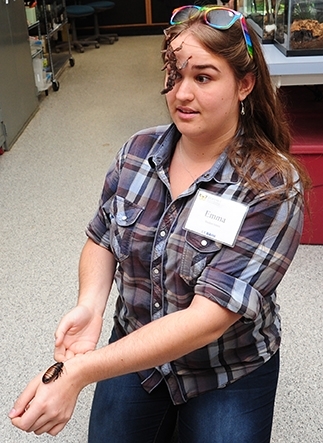
You will if you attend the Bohart Museum of Entomology Moth Night on Saturday, Aug. 3 at the University of California, Davis. The event, free and family friendly, is scheduled both inside the museum (Room 1124 of the Academic Surge Building, 455 Crocker Lane, UC Davis campus) and outside the facility.
Starting at 8 p.m., visitors will gather inside the museum to see the displays, talk to the scientists, and engage in a family craft activity (creating silk moth cocoon necklaces). Then as darkness falls, around 9 or 9:30, blacklighting will take place just outside the museum. Visitors will see a variety of insects on a hanging white sheet that's illuminated by a generator-powered ultraviolet (UV) light.
Free refreshments--hot chocolate and cookies--will be served.
But back to the silk...
Bohart associate Emma Cluff curated a hallway display that links entomology and culture. You'll see moths from the Bohart museum collection, and silk cloth donated by silkworm moth authority Richard Peigler, a biology professor at the University of the Incarnate Word, San Antonio, Texas.
"He sent us a collection of more than 10 pieces of cloth and several pieces of jewelry that utilize cocoons," Cluff said. "He has sent similar collections of cloth to other research institutions."
"These textiles represent work that has been done for centuries, and in some cases millennia, throughout Asia," Cluff said. "The relationship between these artists and the insects that provide their materials is beautiful and elaborate and we wanted to bring it to light." The hallway display of silkworm moths showcases tasar, tussah, eri and mulberry silk.
Peigler focuses his research primarily on the taxonomy, phylogeny and biology of wild silkmoths (Family Saturniidae) of the world, particularly ones from eastern Asia. His studies encompass ecology, parasitoids, and host plants of wild silkmoths. Silk was first developed in ancient China. "The earliest example of silk has been found in tombs at the neolithic site Jiahu in Henan, and dates back 8,500 years," according to Wikipedia.
What's the craft activity at the Bohart about? "Kids will be able to color and string white cocoons and make necklaces or bracelets with them," Cluff said.
Several scientists will be on hand to discuss moths and answer questions. They include senior museum scientist Steve Heydon of the Bohart Museum; Jeff Smith, curator of the the moth and butterfly specimens; and Bohart associates "Moth Man" John DeBenedictis and Greg Kareofelas.
The Bohart hosts the annual Moth Night in connection with National Moth Week, July 20-28. Scientists estimate there are 150,000 to more than 500,000 moth species. Some are pinhead-size. The largest ones are the Atlas moths, which have a wingspan of 10 to 12 inches.
The Bohart Museum houses a global collection of nearly eight million specimens. Founded in 1946 by Richard M. Bohart (1913-2007), and directed by Lynn Kimsey, UC Davis professor of entomology, it is also the home of the seventh largest insect collection in North America; the California Insect Survey, a storehouse of the insect biodiversity; a live "petting zoo" and a gift shop. The petting zoo features Madagascar hissing cockroaches, walking sticks, tarantulas, and praying mantids. The museum's gift shop, open year around, stocks T-shirts, sweatshirts, books, jewelry, posters, insect-collecting equipment and insect-themed candy.
The Bohart Museum's regular hours have changed for the summer season. As of July 3, the insect museum is hosting 30-minute tours starting at 2:30 and 3:30 pm. No reservations are required and all ages are welcome. Admission is free, but donations are always welcomed. The Bohart is open to walk-in visitors Monday through Thursday from 1 to 5 p.m. It is closed from 9 a.m. to noon to walk-in visits (the insect museum conducts many tours and outreach programs during those times).
More information on the Bohart Museum is available on the website or by contacting (530) 752-0493 or email bmuseum@ucdavis.edu.
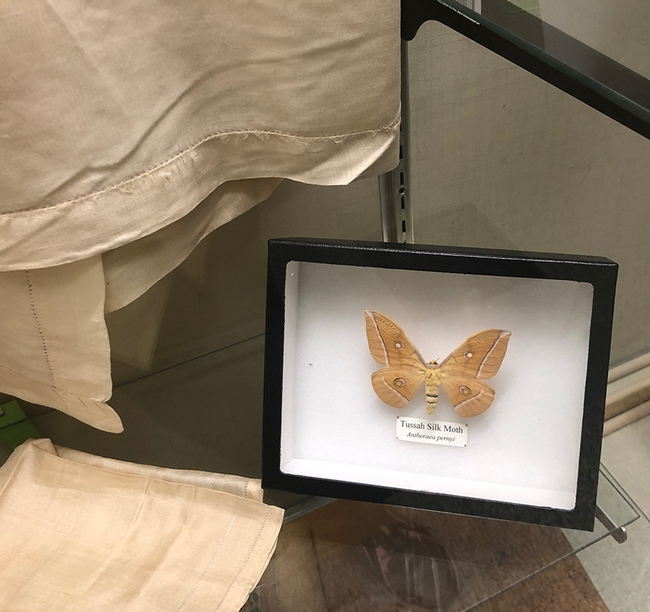
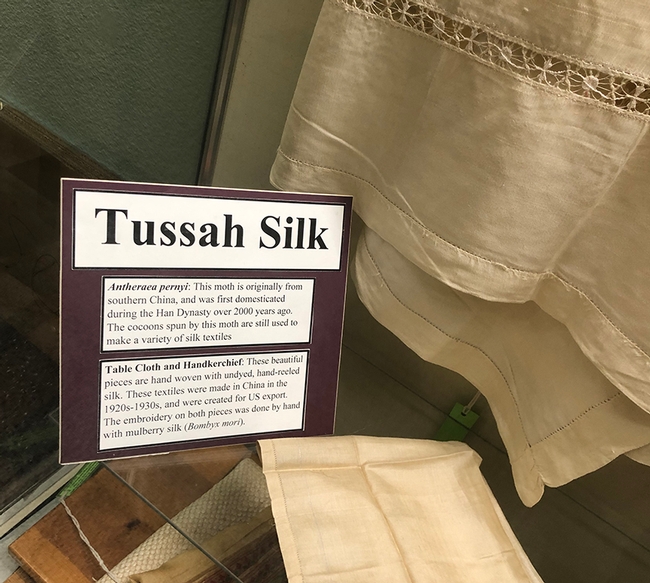
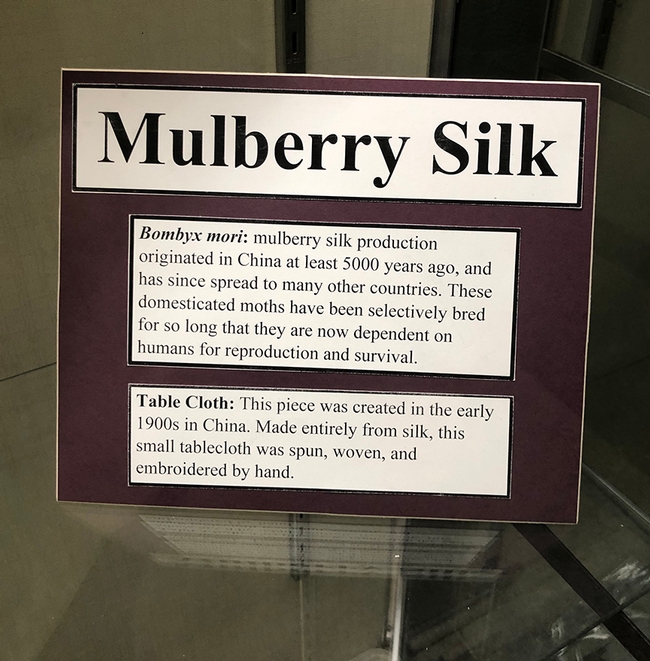
- Author: Kathy Keatley Garvey
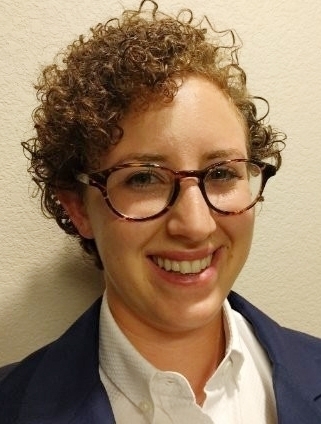
How fast time passes.
Bick will present her exit seminar at 3 p.m., Monday, Aug. 5 in Room 158 of Briggs Hall. Her topic: "Evaluating the Relative Importance of Mechanisms for Diverse Plant Use in Agroecosystem Herbivore Mitigation: an Example in California Strawberries."
"As pest management strategies shift away from agrochemical use, practitioners aim to implement more ecologically friendly practices," Bick writes in her abstract. "One such practice uses diverse crops placed in an agroecosystem to mitigate pest damage. There are many possible mechanisms which facilitate this phenomenon. Knowing a diverse plant's mechanism(s) allows for more efficient field implementation."
"This presentation will evaluate the mechanism of the economic benefit of planting alfalfa in a California strawberry monoculture. Using a novel CO2 based sampling method, spatially explicit samples were taken at three sites over two years. We found that alfalfa did not act, as previously identified, a trap crop, but rather its presence actually increased natural enemies. This work serves as a framework for evaluation of the mechanism for use of diverse plants in agricultural landscapes."
Bick, who has accepted a postdoctoral position at the University of Copenhagen, specializes in integrated pest management (IPM). She received her bachelor's degree in entomology in 2013 from Cornell University, and her master's degree in entomology in 2017 from UC Davis. She joined the doctoral program in September 2015.
Bick served as an emergency medical technician from 2008 to 2017 and gained her pesticide applicator's license in 2013. She was singled out to receive the Student Certification Award at the Entomological Society of America (ESA) meeting in 2018. In 2014, she was named a Board-Certified Entomologist, a honor bestowed on her at the ESA meeting.
Bick helped anchor the UC Davis Linnaean Games Team that won the national championship at the ESA meeting in 2016, and the University of California (UC Davis and UC Berkeley) Linnaean Games Team that won the national championship again in 2018. (See Bug Squad blog.) The Linnaean Games, launched in 1983, are lively question-and-answer, college bowl-style competitions on entomological facts and played by winners of the ESA branch competitions. The teams score points by correctly answering random questions. (Watch the 2016 championship round on YouTube).
Bick was also active in the UC Davis Entomology Graduate Student Association (EGSA), serving as vice president.
A person of many talents, she wrote a highly praised review of the San Francisco-staged play, An Entomologist's Love Story, published in May of 2018 in Entomology Today. Tweeted the San Francisco Playhouse: “Quite possibly the coolest review we've ever received.”
In her review, Bick wrote that the play “shows that life imitates art and art imitates life, with insect mating rituals serving as a proxy for human dating behavior.”
“The well-known antagonistic insect mating behavior of bed bugs' traumatic insemination, praying mantids' sexual cannibalism, and honey bees' mating plugs are all accurately described and then used to represent adversarial (human) dating behavior. Fireflies' bioluminescence, meanwhile, is cast in a romantic light.”
“The play brims with entomological humor, from anthropomorphizing bed bugs to a running joke that sometimes volunteers actually make life harder for researchers,” Bick noted. “While the public will be entertained by the gross descriptions of entomological behavior (pun intended), only we insect scientists will know that the 'Lou' the protagonists keep referring to is actually Dr. Louis Sorkin of the American Museum of Natural History in New York City (and that, yes, he does keep a bed bug colony there). Or, for those of us who have been lucky enough to take a tour, you know the Museum's offices really are that difficult to get to.”
Now it's off to the historic University of Copenhagen for the next chapter of her entomological life. "I am moving to Copenhagen on Aug. 31 but moving out of Davis the week before," she says.
That would be as Dr. Emily Bick...entomologist extraordinaire.

- Author: Kathy Keatley Garvey
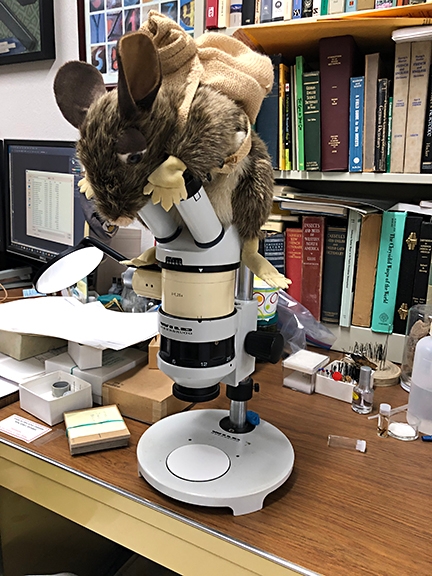
The desk, yes. The books, yes. The specimens, yes.
Wait, what's that protective cover on the microscope? Could it be? It is. A pack rat. The stuffed-toy-animal kind...
"I got the pack rat at the Desert Museum in Tucson last summer," Kimsey said. "Folks don't seem to notice it at first, then they do a double take."
Pack rats, also called wood rats, belong to the genus Neotoma. Everything about them is large--long tails, large ears and large black eyes.
Ditto for this one.
Kimsey, professor of entomology at UC Davis, keeps busy with research, education and public service. Thus, the protective cover doesn't cover her microscope for long; she's busy using it.
The museum, located in Room 1124 of the Academic Surge Building, 455 Crocker Lane, houses some eight million insect specimens collected worldwide, a gift shop, and a live "petting zoo," which includes Madagascar hissing cockroaches, stick insects or walking sticks, tarantulas and praying mantids.
Kimsey and her colleagues are now gearing up for the Bohart Museum's annual Moth Night on Saturday, Aug. 3, a free and family friendly event set for 8 p.m. to 11 p.m. Visitors will view the moth specimens, talk to scientists, engage in a craft activity (create silk moth cocoon necklaces), and then around 9 or 9:30, head outside for the blacklighting. The scientists will be hanging a white sheet illuminated by a generator-powered ultraviolet (UV) light. Throughout the evening, visitors can see the insects drawn to the white sheet. (See more on Bug Squad.)
A large crowd of area residents is expected: families with children of all ages, scientists, citizen scientists, would-be scientists, educators and students.
And a pack rat will be there, too, dutifully assigned to covering the director's microscope.
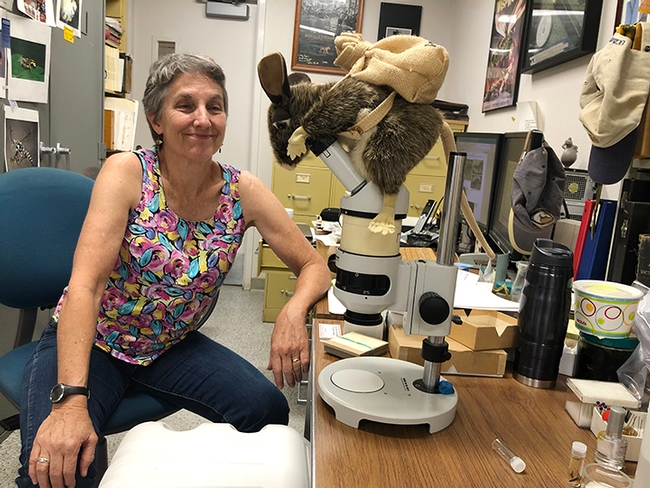
- Author: Kathy Keatley Garvey
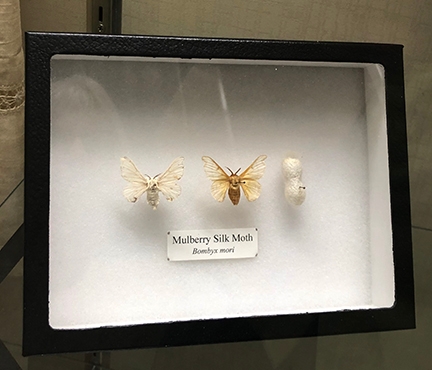
That's what it will be like when folks flock to the Bohart Museum of Entomology on Saturday night, Aug. 3 for its annual Moth Night. It's free and family friendly--and it's all in keeping with National Moth Week: Exploring Nighttime Nature, July 20-28.
The Bohart Museum's highly anticipated Moth Night will take place from 8 to 11 p.m. Visitors will first gather inside the insect museum, located in Room 1124 of the Academic Surge Building, 455 Crocker Lane, to see moth specimens and talk to the scientists; participate in a family craft activity; and view the silkworm moth display in the hallway.
The free family craft activity will involve creating silk moth cocoon necklaces. "Kids will be able to color and string white cocoons and make necklaces or bracelets with them," said Bohart associate Emma Cluff.
Cluff is also creating the hallway display of silkworm moths, showcasing tasar, tussah, eri and mulberry silk. For example, mulberry silk production (Bombyx mori) originated in China at least 5000 years ago, Cluff points out. "These domesticated moths have been selectively bred for so long that they are now dependent on humans for reproduction and survival. Illustrating the mulberry silk display is a tablecloth created in the early 1900s in China. Made entirely from silk, the tablecloth was spun, woven and embroidered by hand."
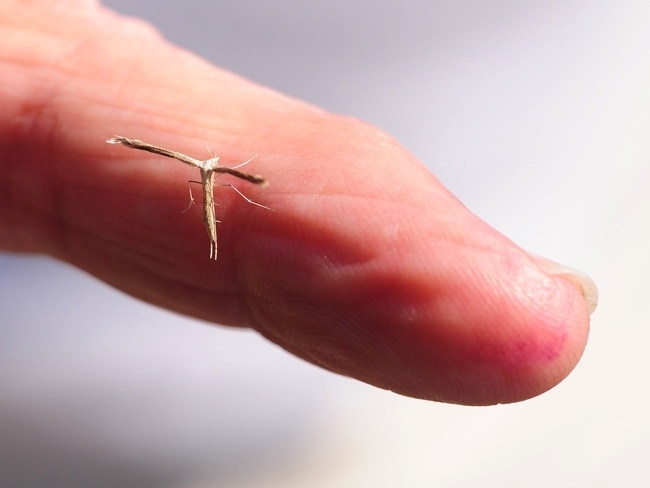
Several scientists will be on hand to discuss moths and answer questions. They include senior museum scientist Steve Heydon of the Bohart Museum; Jeff Smith, curator of the the moth and butterfly specimens; and Bohart associates "Moth Man" John DeBenedictis and Greg Kareofelas.
Last year more than 140 spectators attended Moth Night. The first insects to show up were the scarab beetles or "June bugs" (referring to certain species of scarabs). Beetle expert Fran Keller, assistant professor at Folsom Lake College who received her doctorate in entomology from UC Davis, identified the first scarab beetle to arrive as a Polyphylla sp. or lined June beetle.
Bohart associate and "Moth Man" John De Benedictis listed the species sighted at Moth Night by family. Among them:
- NOCTUIDAE: Spodoptera exigua (Beet Armyworm Moth), Proxenus sp. (probably P. mindara)
- GEOMETRIDAE: Prochoerodes truxaliata
- PYRALIDAE: Ehestiodes gilvescentella
- TORTRICIDAE: Cydia latiferreana (Filbertworm Moth), Grapholita prunivora (Lesser Appleworm Moth)
- GELECHIIDAE: Leucogniella sp. (probably L. distincta)
- TINEDAE: Oinophila v-flava
- ACROLOPHIDAE: Amydria sp., probably Pseudopsalta confusella.)
DeBenedictis said a young girl collected the Prochoerodes truxaliata, a moth that feeds on coyote bush as a caterpillar.
Some facts about moths, from the National Moth Week website:
- Moths are among the most diverse and successful organisms on earth.
- Scientists estimate there are 150,000 to more than 500,000 moth species.
- Their colors and patterns are either dazzling or so cryptic that they define camouflage. Shapes and sizes span the gamut from as small as a pinhead to as large as an adult's hand.
- Most moths are nocturnal--others fly like butterflies during the day.
- Finding moths can be as simple as leaving a porch light on and checking it after dark.
The Bohart Museum, directed by Lynn Kimsey, UC Davis professor of entomology, and founded by Richard M. Bohart (1913-2007), houses a global collection of nearly eight million specimens. It is also the home of the seventh largest insect collection in North America, and the California Insect Survey, a storehouse of the insect biodiversity. It maintains a live "petting zoo," featuring Madagascar hissing cockroaches, walking sticks, tarantulas, and praying mantids. The museum's gift shop, open year around, includes T-shirts, sweatshirts, books, jewelry, posters, insect-collecting equipment and insect-themed candy.
The Bohart Museum's regular hours have changed for the summer season. As of July 3, the insect museum is hosting 30-minute tours starting at 2:30 and 3:30 pm. No reservations are required and all ages are welcome. Admission is free, but donations are always welcomed. The Bohart is open to walk-in visitors Monday through Thursday from 1 to 5 p.m. It is closed from 9 a.m. to noon to walk-in visits (the insect museum conducts many tours and outreach programs during those times).
More information on the Bohart Museum is available on the website or by contacting (530) 752-0493 or email bmuseum@ucdavis.edu.
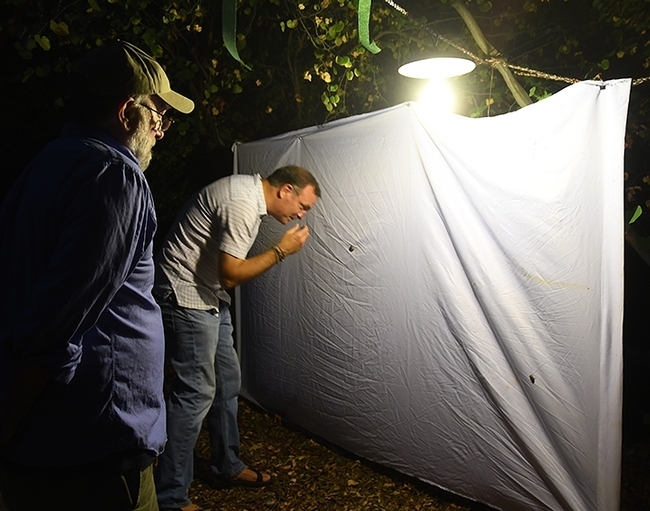
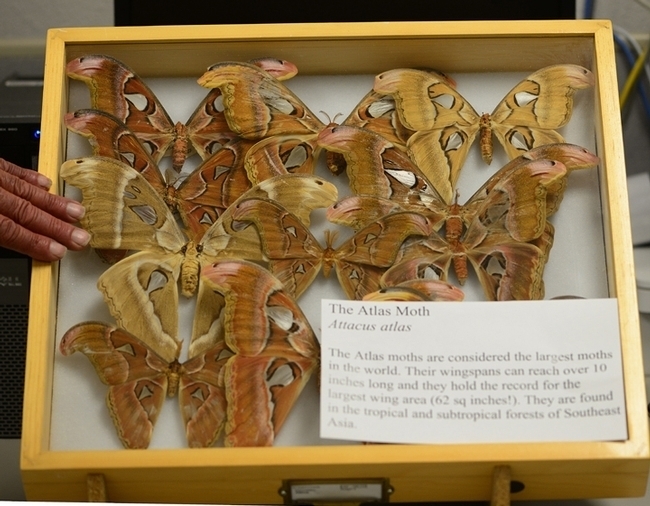
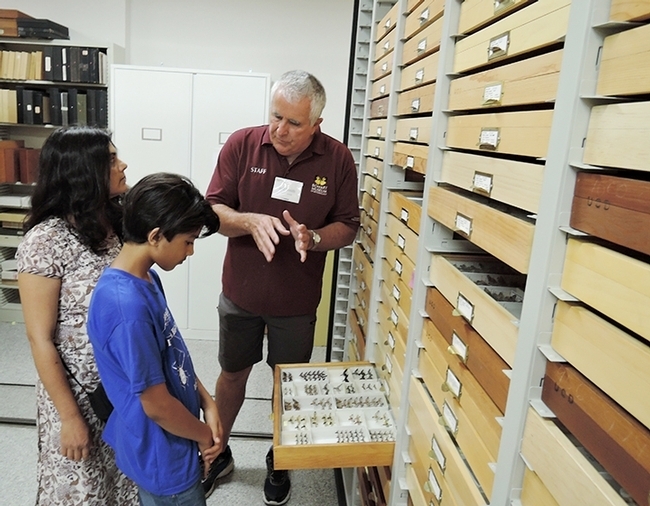
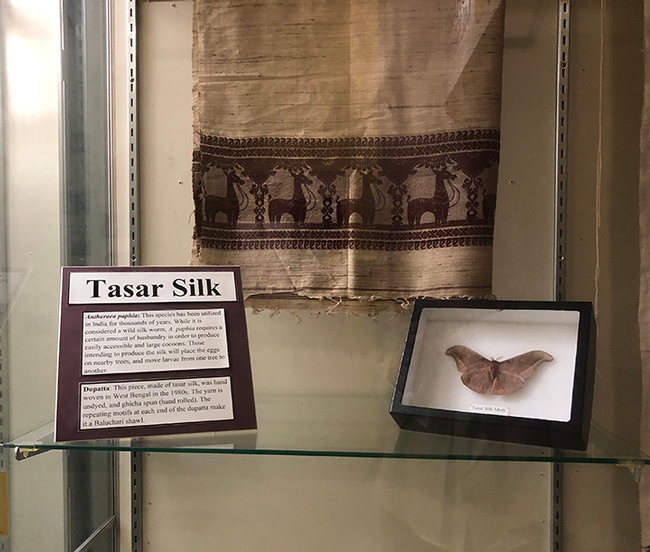
- Author: Kathy Keatley Garvey
What was that!
If you grow Mexican sunflowers (Tithonia) in your pollinator garden, you've probably noticed the fast-flying longhorned male bees being totally territorial.
Their job is to target whatever's on the Tithonia. It doesn't matter if it's a bumble bee, a honey bee, or a butterfly--it's fair game.
As the late Robbin Thorp (1933-2019), a global expert on bees and a distinguished emeritus professor of entomology at the University of California, Davis, used to say about the male longhorned bees, Melissodes agilis: "They're trying to save the flowers for their own species, per chance to mate with them."
Watching the territorial behavior is jaw-dropping, but imagine if you're a butterfly trying to sip a little nectar.
"Oh no! What was that heading straight at me?"
"Horrors! Here he comes again! Can't a pollinator get a little peace around here?"
The longhorned bee, Melissodes agilis, is just one of the more than 1600 species of bees found in California. If you want to learn more about them, be sure to read California Bees and Blooms: A Guide for Gardeners and Naturalists (Heyday, 2014), co-authored by scientists from UC Berkeley and UC Davis.
"California Bees and Blooms (co-authored by Gordon Frankie, Robbin Thorp, Barbara Ertter and Rollin Coville) holds a magnifying glass up to the twenty-two most common genera (and six species of cuckoo bees), describing each one's distinctive behaviors, social structures, flight season, preferred flowers, and enemies," according to Heyday.
That it does. And if you try to stop the action with your camera, it helps to set the shutter speed at 1/3000 to 1/4000 of a second. (The two images of the bee and painted lady butterfly captured with a Nikon D500 camera, mounted with a 70-180 mm macro zoom lens, with the aperture set at 5.6 and ISO at 800. Image of the bee and monarch taken with a Nikon D800 mounted with a 105mm lens, and with similar settings.)
